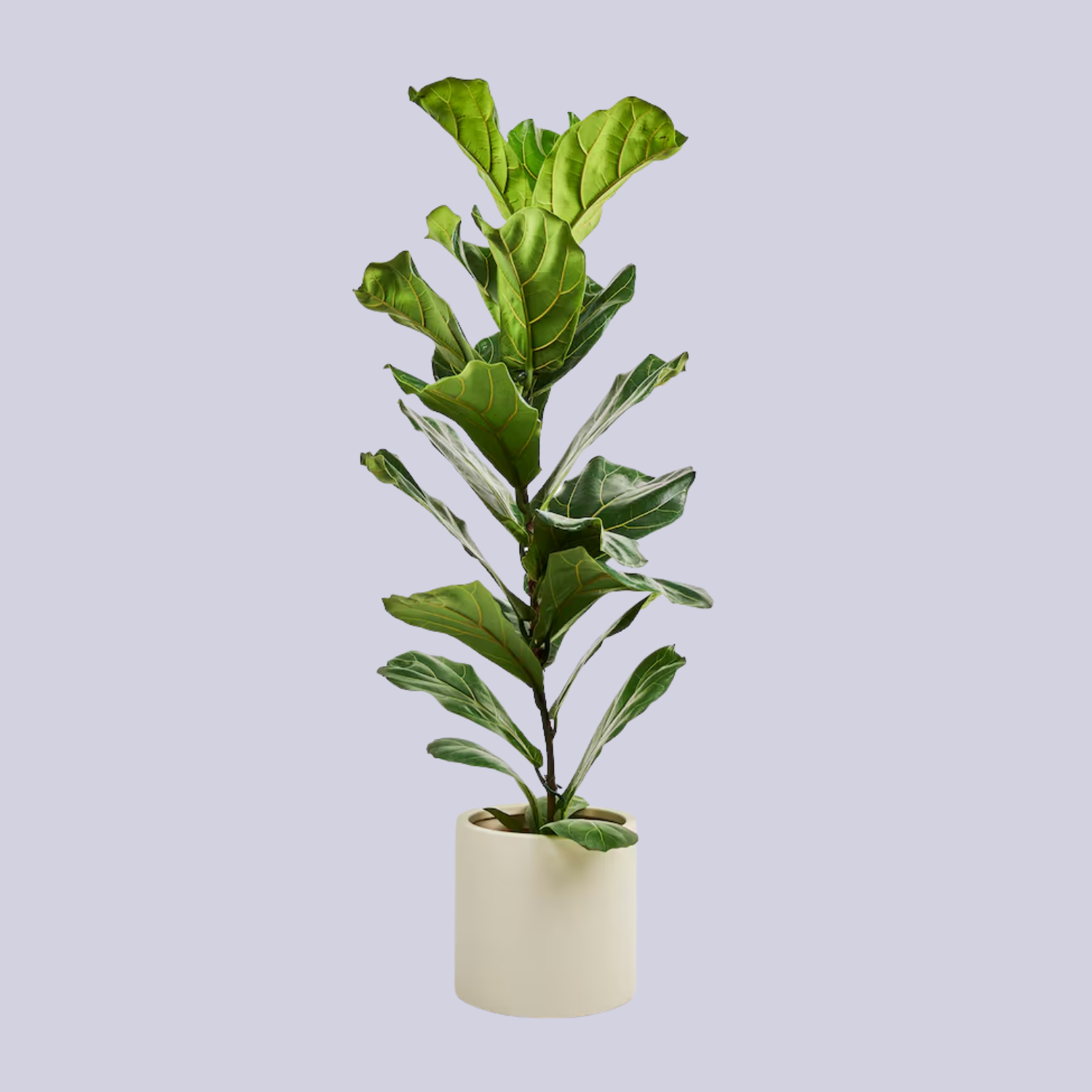Create Pockets of Calm By Designing Digital Detox Zones Into Your Home — Advice on How and Where to Focus Your Tech Banishing Efforts
Quit the mindless doomscrolls and make space for quiet, connective moments with these simple tips
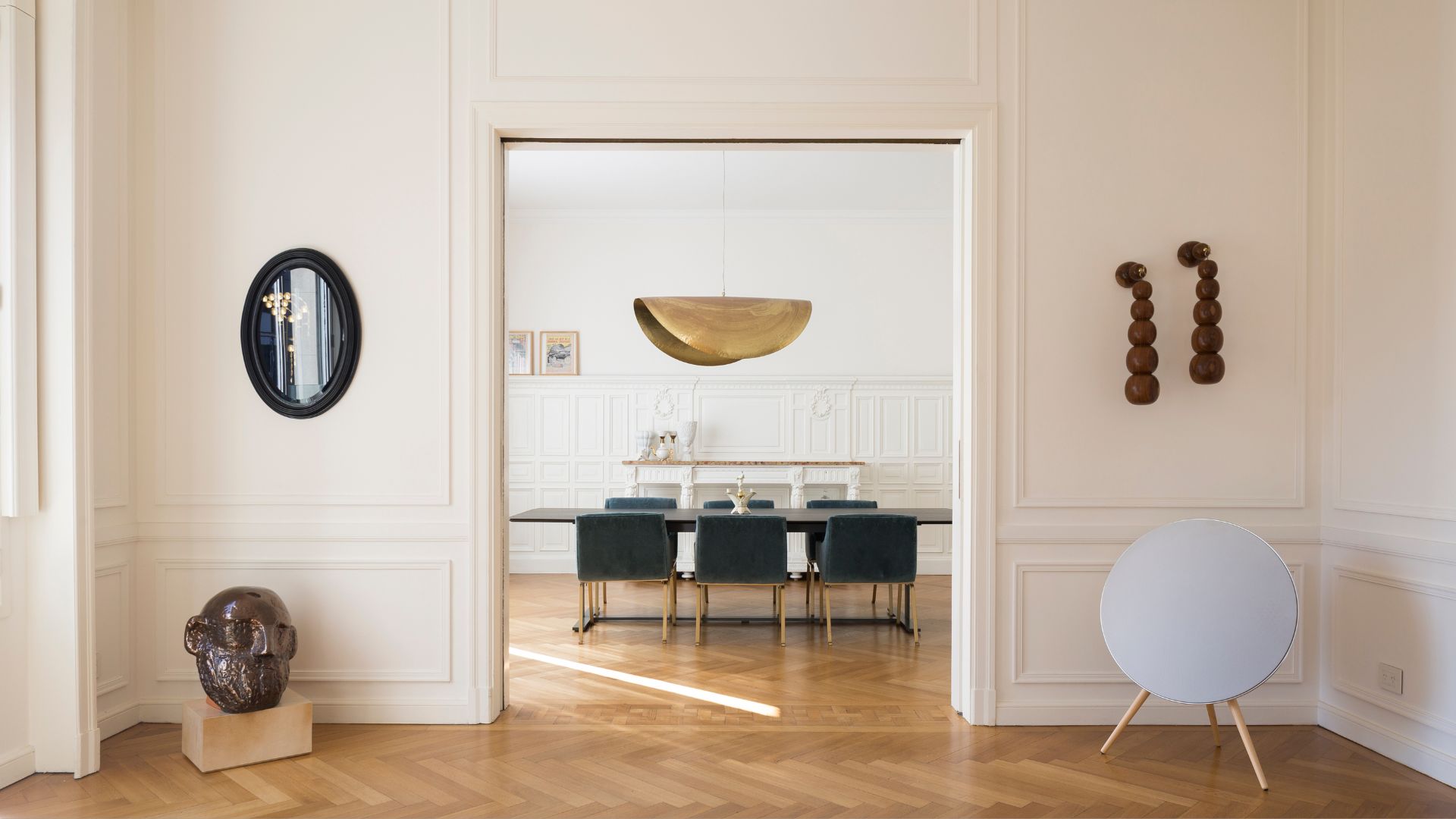

In this smart age, it's nearly impossible to escape the use of tech in your home. You've got cloud-based speakers, smart fridges, talking alarm clocks, and the list goes on. And while these things do make life a little easier, any wellness expert worth their salt will tell you that it's important to put away the screens and take some time for yourself.
Hence, the rise of the digital detox corner. However, this wellness design trend has gone beyond occupying a measly corner and matured into a style made to take over some key spaces in your home.
Which rooms need digital detoxing, and how do you even go about electronically cleansing your space? Let's talk about it.
What Are Digital Detox Zones?
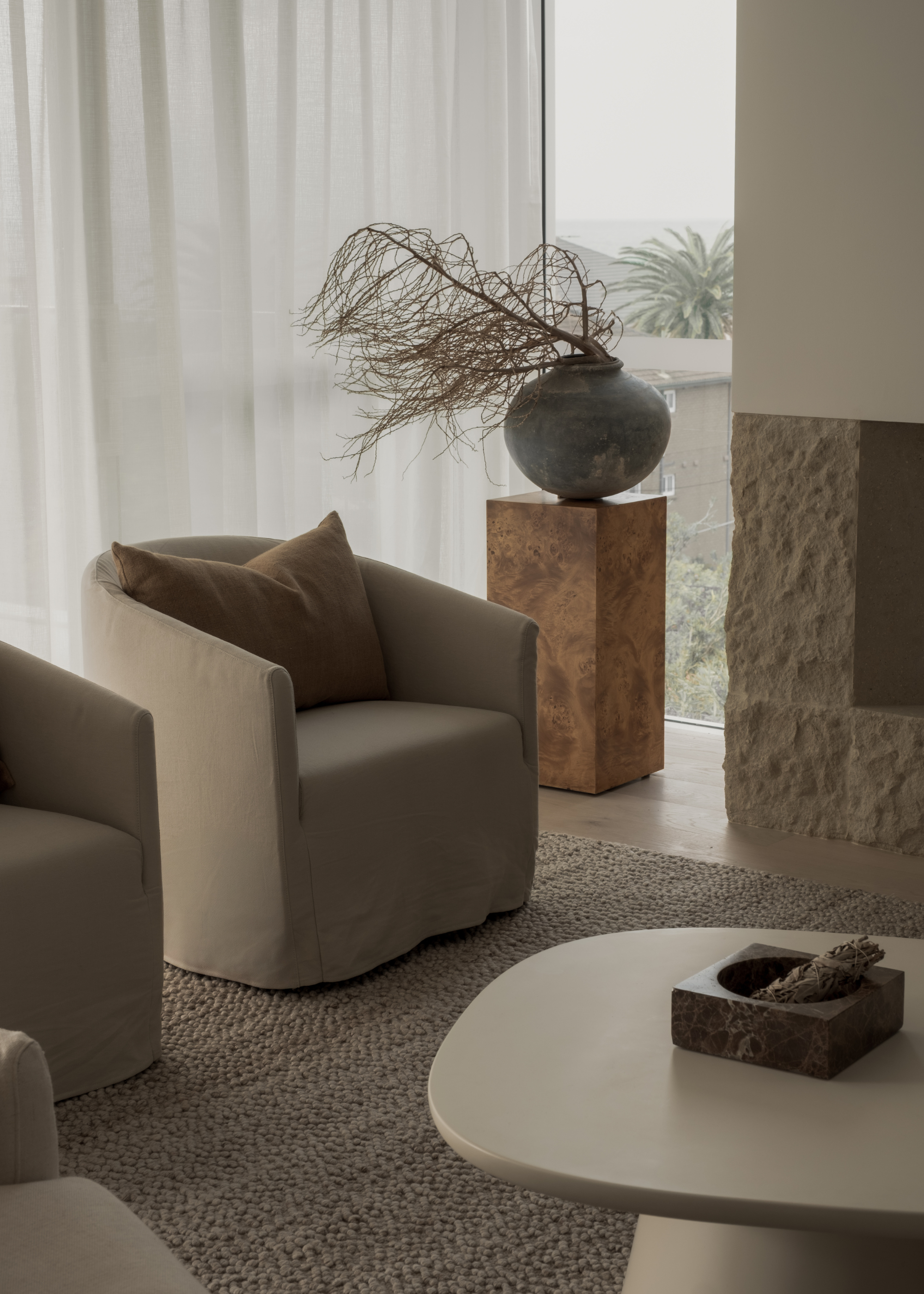
Void of digital distractions and tech stress, these spaces are curated to calm.
To truly embrace wellness in design and properly commit to cutting back on doomscrolls and digital exhaustion, let's start by discussing what these detoxed zones entail.
"Digital detox zones are intentional areas of the home where screens are removed to reduce distraction, protect circadian rhythm from blue light, and encourage genuine connection — either with yourself or others," says interior designer Deanna Girardot.
Introducing wellness room decor can only do so much. The key is to cut the problem out of the equation, and in this case, that happens to be digital screens and other tech.
"Our homes should be more than just places to live. They should serve as cocoons, protective spaces where we can escape the chaos and truly recharge," says holistic interior designer Gala Magriñá.
The Livingetc newsletters are your inside source for what’s shaping interiors now - and what’s next. Discover trend forecasts, smart style ideas, and curated shopping inspiration that brings design to life. Subscribe today and stay ahead of the curve.
"To achieve this, I encourage carving out small, technology-free areas in your home to retreat to for even just ten minutes a day. This simple act of creating a dedicated space for rest and reflection can be a powerful visual reminder to pause, unwind, and reconnect with yourself."
Deanna Girardot, the creative force behind Tranquil Interiors, ignited her passion for design at the age of 14. Deanna was insatiable, devouring all things related to architecture and design. She went on to graduate from Sullivan College of Technology & Design in 1998 in Kentucky. Establishing Tranquil Interiors in 2014 was more than just a business venture for her; it was a commitment to crafting luxury interiors that resonate with the human need for connection and comfort. Busy professionals and active families deserve a sanctuary at the end of the day, and her designs are tailored to enhance the way you experience your home and share it with your loved ones.
Gala Magriñá, principal and founder of Gala Magriñá Design, is an award-winning holistic designer and expert dedicated to elevating the collective consciousness through intentionally crafted spaces. Guided by her own mindfulness journey and backed by certifications in WELL, Feng Shui, Vastu, holistic interior design, and healthy materials, she partners with residential clients, brands, and corporations to harness the power of the built environment as a catalyst for growth, healing, and overall greater well-being.
Main Zones to Digitally Detox
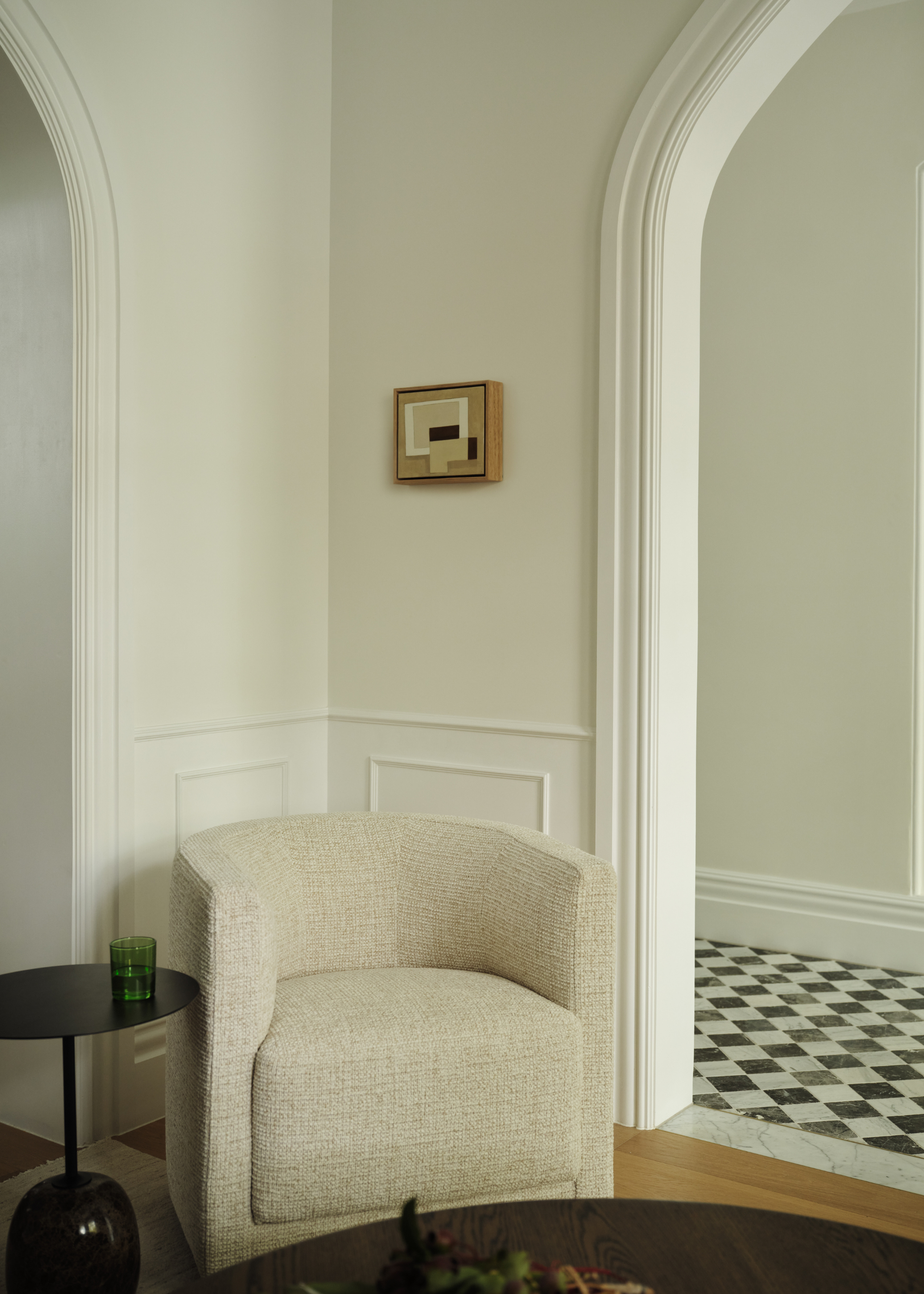
By cleansing these key rooms you make room for connection.
Now, let's move on to which rooms in your home should be transformed into digital detox zones. Some areas, like your home office, require practical tech accessories that you can't be without. But there are some other rooms that you might be making excuses for.
Deanna tells me three such spaces that are overdue for a tech cleanse. "The bedroom to protect sleep, the dining area to foster conversation and connection, and a dedicated recharge space like a reading nook or meditation corner to give the brain and nervous system a true break," she notes.
This explains why a work desk in your bedroom is bad for sleep and also why most health experts (and parents) urge you to put your phone away while you're lunching.
Interior designer Dre Shapiro tells me that wellness is really about giving the body, mind, and soul what they need to reset and feel nourished. "Being in spaces that are intentional and free from distractions opens up room for that practice, whether alone or with others," she explains.
"And in our always-plugged-in world, even the smallest break from screens counts as a wellness ritual. At the very least, these digitally detoxed zones give us a chance to slow down, breathe, and check in with ourselves."
Dre Design is a Los Angeles-based interior/exterior design firm led by Dre Shapiro. Their work is a reflection of Dre’s passion for creating warm, modern spaces that embrace natural materials and textures, and that feel inviting and never too formal of stuffy. Dre Design strives to create a vibe that’s casual, playful and sexy. What makes Dre Design’s approach unique is Dre’s background as an artist. With roots in graphic design and abstract painting, she brings a keen understanding of color theory, spacing, balance, and composition to every project. She treats each space like a canvas, layering textures and elements to achieve a cohesive and striking final composition.
How to Digitally Detox a Room
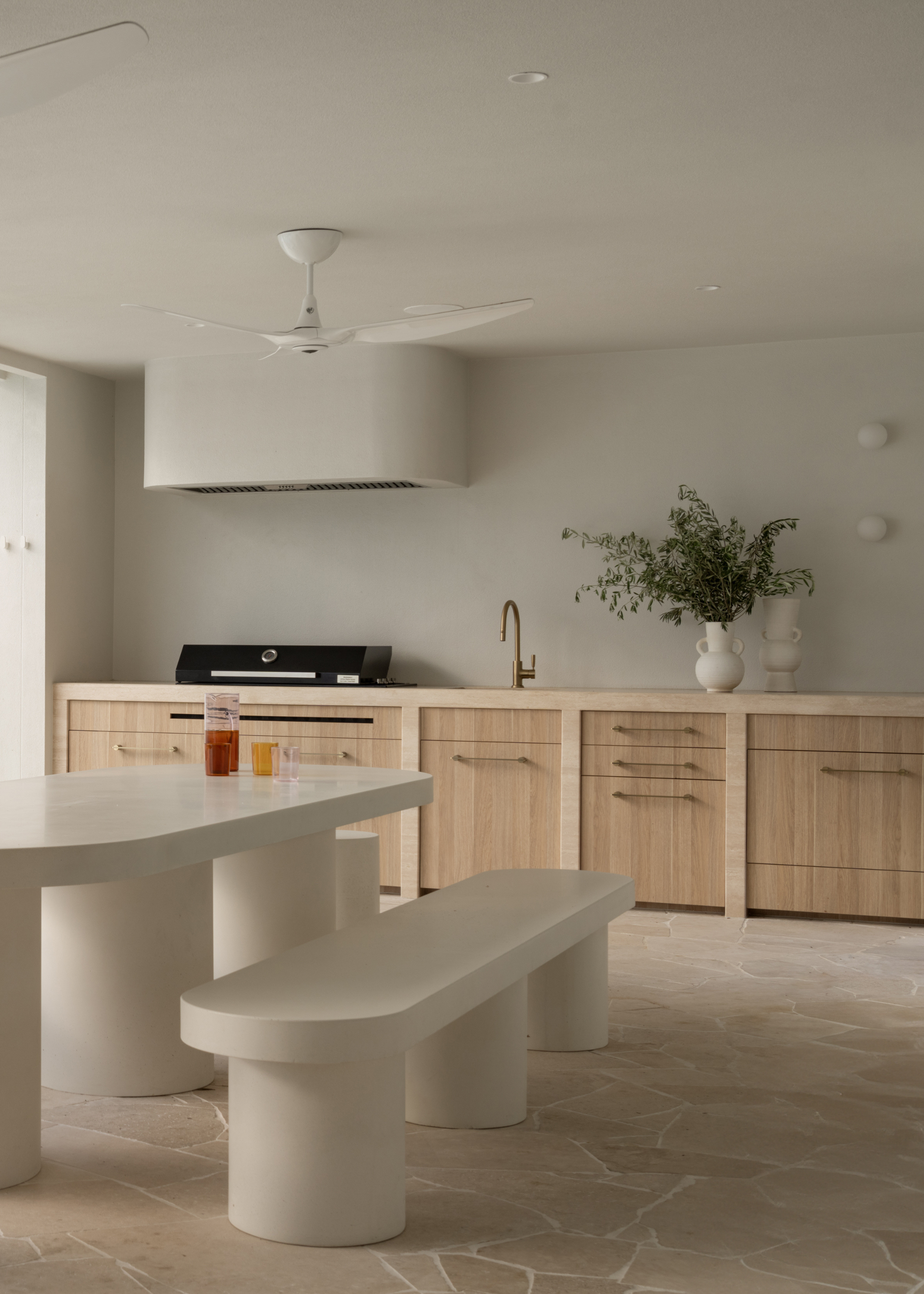
Swap screens for entertainment ideas that nurture relationships.
Aside from relocating your laptop, television, and gaming console from these spaces, there are a couple of extra steps you can take to completely digitally detox these rooms.
"I recommend replacing phone alarms with a clock in the bedroom, keeping charging stations outside, and using warm lighting to signal rest," says Deanna.
"In dining spaces, introduce rituals like gratitude sharing or board games. For recharge zones, stock analog activities, like books, journals, or crafts, and soften the space with natural textures and greenery."
And if you're looking for design aesthetics to take inspiration from, you can't go wrong with minimalism in interior design. This muted style will make unwinding, relaxing, and meditating at home a breeze.
Once your cozy bedroom is digitally detoxed and totally restful, scroll over to our guide to wellness-inspired things you can include for a space that feels beautiful and breathes calm.

Amiya is a Home Wellness Writer at Livingetc. She recently graduated with a Masters Degree in Magazine Journalism from City, University of London, and has lent her words to beauty, fashion, and health sections of lifestyle publications including Harper’s Bazaar and Women’s Health. Her experience as a research analyst has equipped her with an eye for emerging trends. When she’s off the clock, she can be found reading, listening to music, or overanalyzing her latest Co-Star update.



